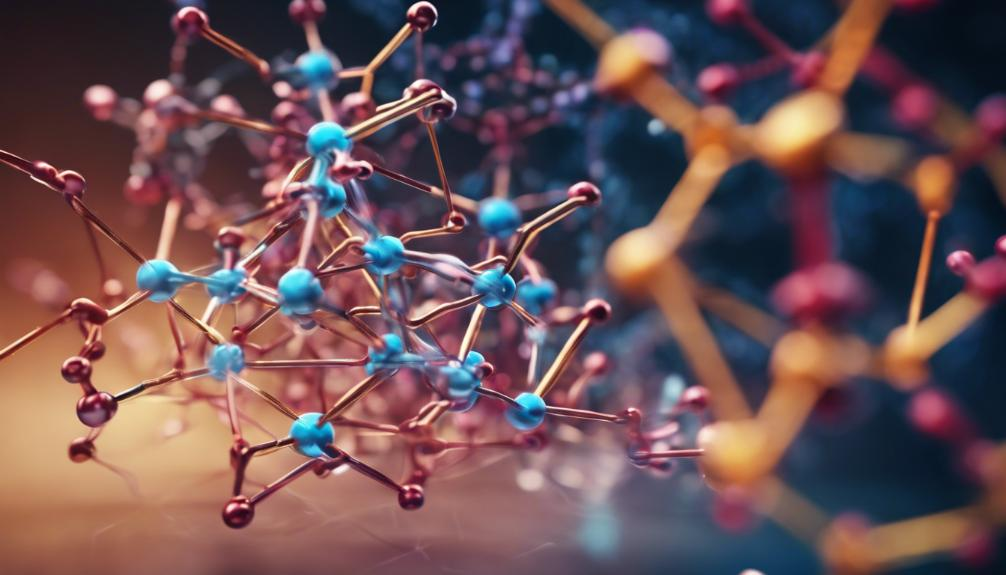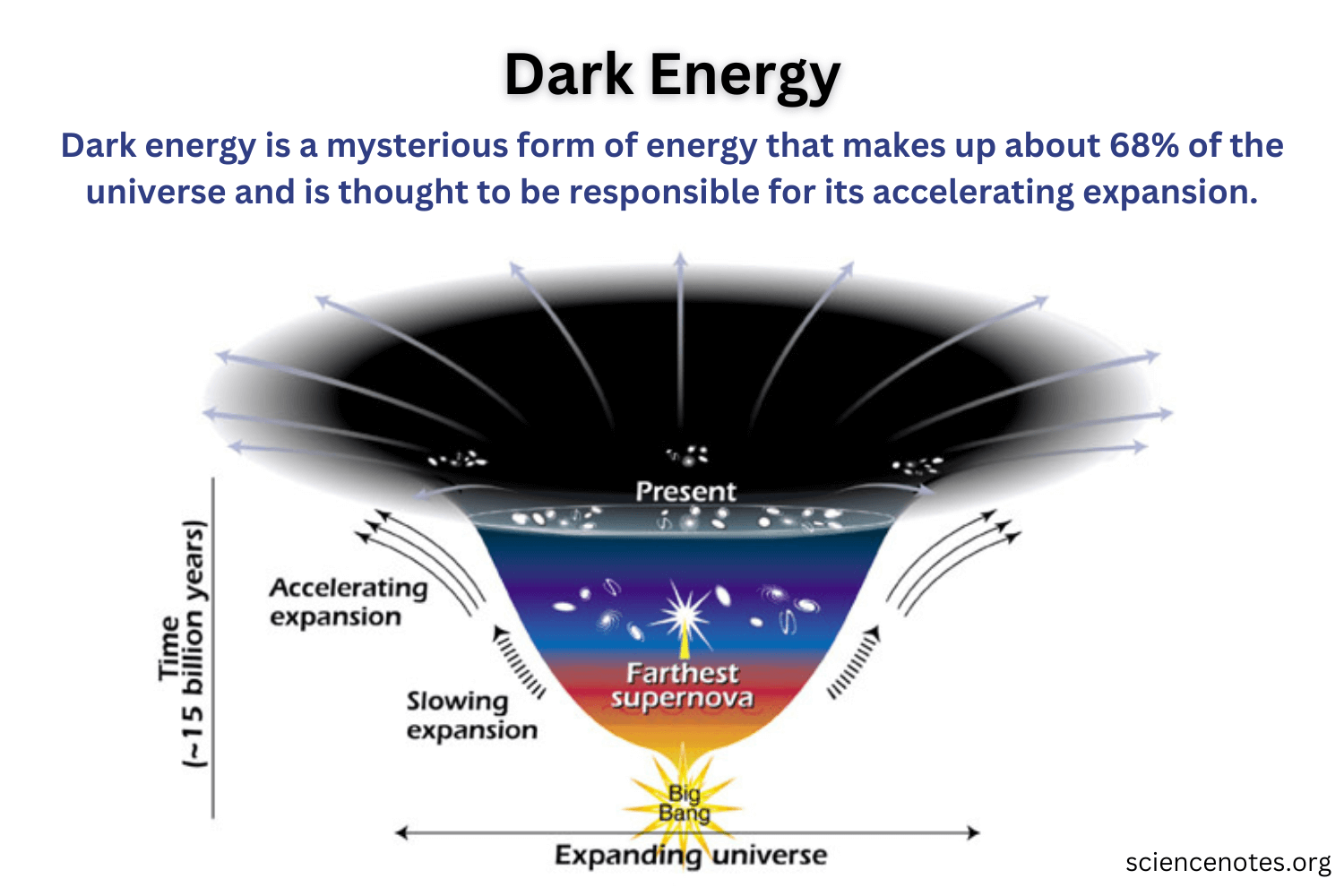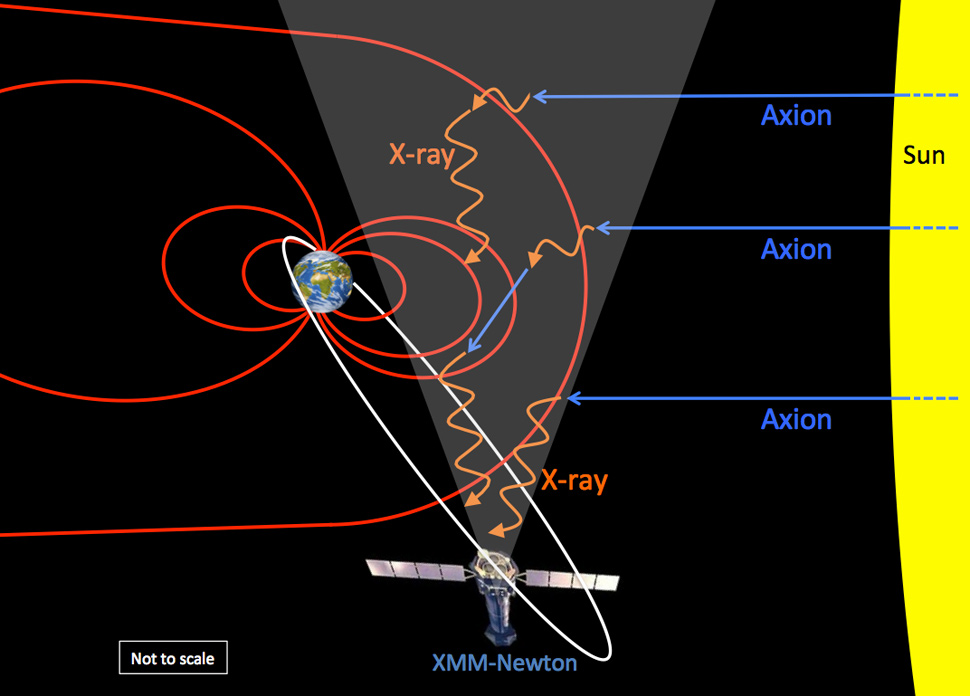
Molecular Quantum Computing: A Breakthrough in Speed
Molecular quantum computing represents a groundbreaking frontier in quantum technology, tapping into the intricate complexity of molecules to revolutionize computational power. A recent breakthrough by a team of Harvard scientists, led by Kang-Kuen Ni, has successfully trapped molecules, specifically sodium-cesium (NaCs), to perform quantum operations for the first time. This innovative approach harnesses the unique behaviors of trapped molecules, setting the stage for advancements in quantum operations and entanglement fundamental to quantum computing. With molecular systems providing immense potential for enhanced processing speeds, researchers are now exploring their capabilities to build more effective quantum logic gates. As the field evolves, molecular quantum computing could redefine traditional notions of computation, leading to transformative implications across various industries.
Exploring the realm of molecular quantum computing unveils a novel approach to harnessing quantum mechanics for computational tasks. This emerging domain investigates the use of molecular systems as quantum bits (qubits), leveraging the unique properties of complex molecular structures. By utilizing trapped molecules rather than conventional particles, researchers are paving the way for innovative quantum operations and expanding the possibilities of quantum technology. The entanglement phenomena inherent in these molecular systems can lead to enhanced speeds and efficiencies in computation, providing a pivotal advantage over classical methods. As advancements continue, the future of quantum computing looks promising, potentially redefining how we approach computation in science, medicine, and beyond.
The Breakthrough in Molecular Quantum Computing
Recent advancements in molecular quantum computing mark a thrilling chapter in the world of quantum technology. A dedicated team at Harvard has successfully achieved a significant milestone by trapping molecules to perform quantum operations. This watershed moment not only demonstrates the feasibility of using complex molecular structures in computing but also potentially opens the door to more powerful and efficient quantum systems. With the ability to manipulate ultra-cold polar molecules as qubits, researchers are on track to revolutionize quantum operations, moving beyond the traditional particle setups that have dominated quantum computing research until now.
The implications of this breakthrough are profound. Molecular quantum computing utilizes the intricate internal structures of molecules, enabling a broad spectrum of quantum operations that were previously unattainable. These innovative approaches could enhance processing speeds exponentially compared to classical computers, impacting sectors such as medical research, finance, and artificial intelligence. The potential to leverage entanglement, a crucial property that allows quantum states to be interconnected, will ultimately enable more complex computations and contribute to the development of next-generation quantum technologies.
Understanding Entanglement in Quantum Operations
Entanglement lies at the heart of quantum computing, profoundly influencing how information is processed and transmitted. When molecules are entangled, the quantum state of one molecule is inherently linked to the state of another, irrespective of the distance between them. This phenomenon allows for multiple qubits to operate in conjunction, processing information simultaneously and greatly enhancing computational capabilities. The recent work at Harvard utilizing sodium-cesium molecules to create a two-qubit Bell state exemplifies the power of entanglement, achieving an impressive 94 percent fidelity in their quantum operations.
Entanglement not only facilitates complex tasks but also enables quantum error correction—an essential component for stabilizing computations which are otherwise prone to errors due to decoherence. The ability to maintain coherence in entangled states is a critical challenge that researchers face, and successful experiments in entanglement provide insights into overcoming these obstacles. With quantum gates like the iSWAP gate being utilized to increase the efficiency of state manipulation, the groundwork for more robust quantum systems is being laid, promising significant advancements in quantum technology.
Applications of Trapped Molecules in Quantum Computing
Trapped molecules present a remarkable opportunity to advance quantum computing technology by enhancing the complexity and robustness of qubit systems. The successful trapping of sodium-cesium molecules by Harvard researchers under ultra-cold conditions underscores the potential for these large and complex qubits to drive more intricate quantum operations. This approach not only capitalizes on the rich internal structure of molecules but also exploits their interactions, which can lead to new types of quantum logic gates that significantly outperform traditional qubit systems.
The applications for trapped molecules extend far beyond computational tasks. In fields like materials science and chemistry, these advances could lead to new methods of simulating molecular interactions and chemical reactions at unprecedented speeds and accuracy. From drug discovery to understanding atmospheric phenomena, the integration of molecular quantum computing could usher in a new era of scientific inquiry and technological innovation. As researchers continue to refine the techniques for stabilizing and manipulating trapped molecules, the horizon for future applications becomes increasingly promising.
Impacts of Quantum Technology on Various Sectors
Quantum technology is poised to impact an array of sectors dramatically, with quantum computing at the forefront of this transformation. The implications for industries such as finance, healthcare, and logistics are staggering. For instance, quantum algorithms can enable faster data analysis, optimize supply chains, and enhance predictive models in medical research, significantly reducing time and costs associated with drug development and patient care. As quantum technology progresses, businesses that leverage these advancements will have a distinct competitive edge in their respective markets.
Additionally, the secure communication potential offered by quantum networks can revolutionize data security, making it nearly impossible for unauthorized parties to intercept sensitive information. With entanglement enabling secure key distribution protocols, sectors that rely heavily on privacy, such as banking and government communications, will benefit immensely from these developments. Ultimately, as molecular quantum computing and related technologies mature, they will cultivate a new landscape of advanced applications that will enhance productivity and foster innovation on a global scale.
Challenges in Developing Molecular Quantum Computers
Despite the promising advancements in molecular quantum computing, several significant challenges remain in the quest to develop viable quantum processors. One of the main hurdles is ensuring the stability and coherence of trapped molecules. Unlike simpler qubits, molecules can exhibit unpredictable behaviors due to their complex vibrational and rotational motions. This inherent fragility poses a risk to maintaining entangled states and executing precise quantum operations. Researchers continue to explore methods for minimizing these movements and enhancing the overall stability of molecular qubits.
Another challenge involves scaling up the technology to allow for more substantial and functional quantum computers. Current experiments typically involve a limited number of qubits; however, building a usable quantum system will require integrating numerous molecules while retaining control over their interactions. The development of sophisticated quantum error correction techniques will also be crucial for managing the inevitable errors that arise in quantum computations. As these challenges are addressed, the feasibility of molecular quantum computers will edge closer to reality, paving the way for their adoption in practical applications.
The Role of Optical Tweezers in Quantum Experiments
Optical tweezers have emerged as a powerful tool in quantum experiments, especially in the domain of molecular quantum computing. By using focused laser beams to manipulate and stabilize individual molecules, researchers have gained unprecedented control over their quantum states. This technique has been pivotal in the recent achievements at Harvard, enabling the trapping of sodium-cesium molecules in ultra-cold environments, which is essential for performing reliable quantum operations. The precision offered by optical tweezers not only reduces the erratic movement of trapped molecules but also aligns their orientations for controlled entanglement.
The development of optical tweezers represents a significant leap forward in experimental techniques for quantum computing. As researchers continue to innovate, they aim to improve the efficiency and accuracy of these systems, potentially allowing for the manipulation of more complex molecules and larger qubit arrays. This evolution in technology will undoubtedly enhance the capabilities of molecular quantum computers and broaden the exploration of new qubit systems that harness the unique properties of various molecular structures.
Molecular Structures as Quantum Resources
Molecular structures are increasingly recognized as valuable resources for quantum computing. Their intricate internal configurations offer a wealth of information-processing capabilities, setting the stage for innovative computing paradigms that rely on the unique characteristics of molecules. The Harvard team’s work illustrates how utilizing these molecular properties can lead to novel quantum operations, thereby expanding the toolkit available for quantum engineers and scientists alike. By tapping into the quantum mechanics of molecular structures, researchers are poised to unlock new levels of computational power.
One of the most exciting aspects of molecular structures lies in their potential for highly specific applications in quantum algorithms. Molecules can be engineered to exhibit tailored quantum behavior, allowing for the realization of complex algorithms that could solve problems more efficiently than classical counterparts. This adaptability and specificity make molecular systems incredibly attractive for developing future quantum technologies, as researchers discover new ways to harness these quantum resources. The ongoing exploration of molecular quantum computing will likely yield surprising advancements, further enhancing our understanding of quantum technology.
Future Directions of Molecular Quantum Computing
The horizon for molecular quantum computing is teeming with possibilities as researchers explore new techniques and applications. Building on the foundation established by recent breakthroughs, the next steps will involve improving the stability and scalability of molecular qubits. Ongoing experimentation will likely lead to insights that refine the trapping and manipulation of molecules, enabling more ambitious quantum networks capable of hosting numerous entangled molecular states.
Furthermore, interdisciplinary collaboration between chemists, physicists, and engineers will be crucial in accelerating the development of molecular quantum operations. By integrating diverse expertise, the field can advance towards more sophisticated molecular quantum computers that push the boundaries of what is possible. As knowledge in quantum mechanics and molecular structures expands, it is anticipated that novel techniques will emerge, ultimately leading to practical implementations of molecular quantum computing across various domains of science and technology.
Frequently Asked Questions
What advancements have been made in molecular quantum computing recently?
Recent advancements in molecular quantum computing include a breakthrough by researchers at Harvard who successfully trapped molecules to perform quantum operations for the first time. This significant achievement enhances the capability of quantum computing by leveraging the complex structures of ultra-cold polar molecules as qubits, which are essential for executing quantum operations.
How do trapped molecules improve quantum computing technology?
Trapped molecules improve quantum computing technology by allowing for complex quantum operations that exploit the unique features of molecular structures. This enables researchers to perform sophisticated quantum logic gates, such as the iSWAP gate, which is crucial for generating entanglement—a key characteristic that provides quantum computing with its computational advantage over classical systems.
What role do entangled states play in molecular quantum computing?
Entangled states are fundamental to molecular quantum computing as they allow qubits to become correlated and function together, enabling computations that are otherwise unattainable with classical computers. The recent Harvard study achieved a high-accuracy two-qubit Bell state, demonstrating how entanglement can be effectively utilized in molecular systems to enhance quantum operations.
Why were molecules not previously used in quantum computing?
Molecules were not previously used in quantum computing primarily due to their intricate internal structures, which were considered too complex and fragile for manipulation. Researchers tended to focus on simpler particles like ions and atoms, fearing that the erratic movements of molecules would disrupt coherence, critical for reliable quantum operations.
What is the significance of achieving a two-qubit Bell state with trapped molecules?
Achieving a two-qubit Bell state with trapped molecules represents a milestone in molecular quantum computing. It indicates that researchers can effectively manipulate molecular qubits to establish entanglement with high precision, paving the way for more advanced quantum circuits and potentially leading to more powerful quantum computers.
How do optical tweezers contribute to molecular quantum operations?
Optical tweezers play a crucial role in molecular quantum operations by using laser beams to trap and manipulate molecules with high precision. This technology minimizes the motion of molecules in ultra-cold environments, allowing researchers to control their quantum states and successfully perform complex quantum operations essential for molecular quantum computing.
What are the future implications of leveraging molecular systems in quantum technology?
The future implications of leveraging molecular systems in quantum technology include the potential for vastly improved quantum computing capabilities. The intricate structures of molecules could lead to new innovations in quantum algorithms, better error correction methods, and more efficient quantum logic gates, greatly enhancing the performance and application of quantum technologies in various fields.
| Key Point | Details |
|---|---|
| Breakthrough in Quantum Computing | Harvard scientists successfully trapped molecules to perform quantum operations for the first time. |
| Molecular Advantage | Molecules can enhance the speed and capability of quantum computing beyond current technology based on trapped ions and superconducting circuits. |
| Utilization of Ultra-Cold Polar Molecules | The team used ultra-cold sodium-cesium (NaCs) molecules as qubits to achieve a two-qubit Bell state with 94% accuracy. |
| iSWAP Gate Implementation | The iSWAP gate was created to generate entanglement, a core property of quantum computing that enables multiple states operations. |
| Future of Molecular Quantum Computing | The research marks a significant milestone towards building a molecular quantum computer, promising innovative applications. |
Summary
Molecular quantum computing represents a groundbreaking advancement in the field of quantum technology. By trapping molecules for quantum operations, researchers are opening up new avenues for the development of next-generation quantum computers. This research not only underscores the potential of molecular systems to revolutionize computing speed but also introduces intricate qubit manipulations that classical systems struggle to achieve. As scientists continue to explore and refine this technology, the possibilities for practical applications in various sectors become increasingly exciting.



